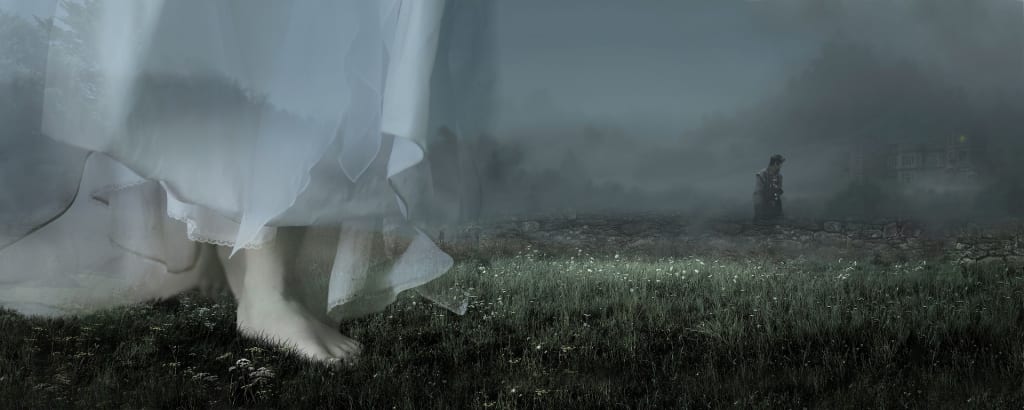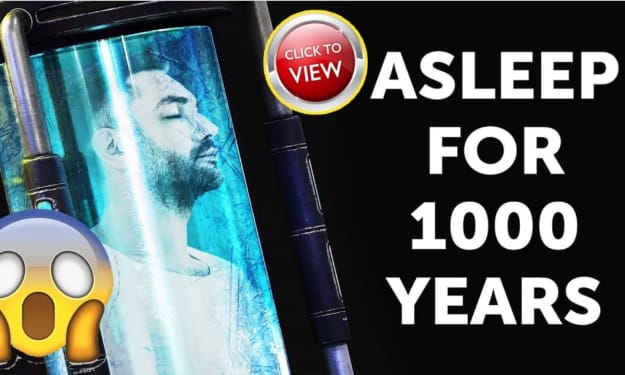Wuthering Heights
Heathcliff and Catherine

At three years old Emily Brontë had already lost her mother and was growing in memory of the two missing sisters, Maria and Elisabeth. Her aunt raised her, Charlotte, Anne and Patrick (called Branwell from the maternal surname) with the Wesleyan method, in family reunions a usual theme was the report of edifying deaths. The father was Irish, the mother of Cornwall, more than English, they were Celts, and this legacy of myths and folklore, combined with the wild nature in which they grew up, exalted the imagination of the brothers.
Emily (1818–1848) was a girl with long arms, an elastic step, a regal figure, even when she ran on the moor whistling to dogs. In the portrait that Patrick Branwell made of her “the eyes are nocturnal, eyes that make you uncomfortable, that do not accept the solar reality and do not refuse any dark horror”.
As Charlotte (the author of Jane Eyre) states, “my sister did not have a sociable nature, circumstances favored and fueled an inclination to solitude: except for going to church or taking a walk on the hills, she rarely crossed the threshold .”
Brother Patrick was a painter and poet, dedicated to alcohol and opium, the perfect embodiment of the Byronic hero. He and Emily were very close, they wandered together on the moor, happy to be together. He died an alcoholic in ’48 in Emily’s arms. She did not survive him, or rather she did not want to survive him, she reluctantly abandoned herself to the phthisis that had been corroding her for some time. She caught cold during the funeral, began to cough, did not want to be cured, expired three months later than her brother. At the head of the funeral procession walked Keeper, the wild bulldog that she alone could tame. After her death, Charlotte destroyed all the writings that could have compromised her reputation but also enlighten us on the origin of her verses and her novel.
“Wuthering Heights” (1847) is a work, as Praz defines it, “among the most tumultuously romantic of all English literature”. Wuthering is a regional variant of the Scottish adjective whither, a word that indicates the atmospheric turmoil to which the Earnshaw house is subject. Landscapes and meteorology are exasperated, just as exasperated are the characters of the protagonists. More than a novel, “Wuthering Heights” is a tragedy, an epic poem. The philosophy behind the work is that all creation, animated and inanimate, psychic and physical, is driven by two principles, the ruthless-wild and the sweet-passive, represented by the two poles, the two mansions, Wuthering Heights and Thrushcross Grange with their inhabitants, the Earnshaw and the Lintons. But there is a second generation, where the contrast between the children of the storm and the children of calmness is smoothed out, until it gets confused, to find a form of redemption.
Heathcliff and Catherine are the two main characters, titanic and granitic, made of the same substance as the nature in which they live. For them, hate and love, passion and revenge are the same thing. Heathcliff and Catherine compensate each other, like Emily and Branwell, they grow up together, brothers / lovers. Heathcliff is often described in terms that remind us more of the wild nature than the human being, he is the cursed hero with diabolical laughter. Cathy is a woman but also a ghost, embodied in a cursed progeny.
“I am Heathcliff,” says Catherine, in the powerful unforgettable declaration that contains the very essence of romantic love.
“My love for Heathcliff resembles the eternal rocks that lie underground: a source of joy that is hardly visible, but necessary. Nelly, I’m Heathcliff! He is always, always in my mind; not as a pleasure, as I am not always a pleasure for myself, but as my own being”.
According to the decadent poet Swinburne, Emily paints “the love that corrodes life itself, devastates the present, destroys the future, with its devouring fire.” It is love obsession, romantic love, transcendent, violent and unstoppable.
The ordinary antithesis between good and evil does not apply to the characters of Emily Brontë. They do not regret their destructive impulses. Forced to deviate from their natural course, like a river coming out of the banks, they devastate innocently what they encounter on their way. Their merciless acts, their malice, in a word the evil they do and represent, are part of creation, have a reason for being and a position in the cosmos. As Praz argues, “Emily Brontë’s point of view is not immoral but premoral”. The contrast is not the Victorian one between good and evil, but between similar and dissimilar.
“He is more me than myself. Whatever our souls are made of, his and mine are alike; and Linton’s soul is different like a moonbeam from lightning, or frost from fire.”
This concept of premorality, of good and evil as part of a single divine plan, will also be the constant of today’s Anne Rice novels that derive a lot from the gothic, romantic atmosphere of Wuthering Heights. Like the asexual, yet erotic, vampire bite, traditional sex has little to do with the inexorable attraction that unites Heathcliff with Catherine and that is close to the underground forces of nature, the tides that drag, the currents, the magma.
“Where is she? Not there, not in heaven, not dead: where is she? (…) And I pray, I repeat my prayer until my tongue can pronounce it: Catherine Earnshaw, may you never rest as long as I live! You said I killed you … persecute me, then! I believe that the killed persecute their killers. I know of spirits who have wandered on earth. Stay with me always, take any shape, make me go crazy! Just don ‘t leave me in this abyss where I can’t find you! Oh God; it is unspeakable! I can’t live without my life! I can’t live without my soul!”
About the Creator
Patrizia Poli
Patrizia Poli was born in Livorno in 1961. Writer of fiction and blogger, she published seven novels.






Comments
There are no comments for this story
Be the first to respond and start the conversation.